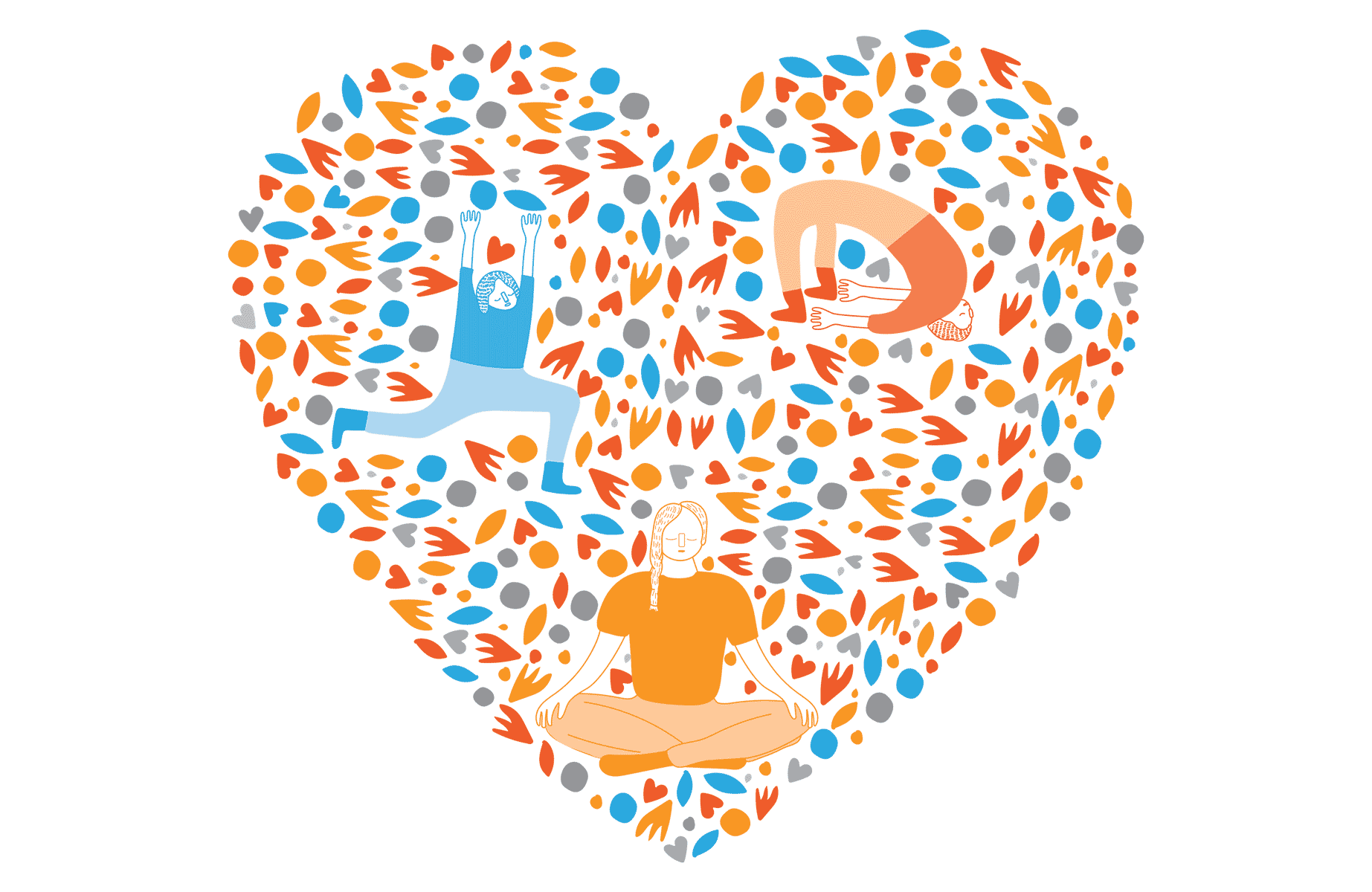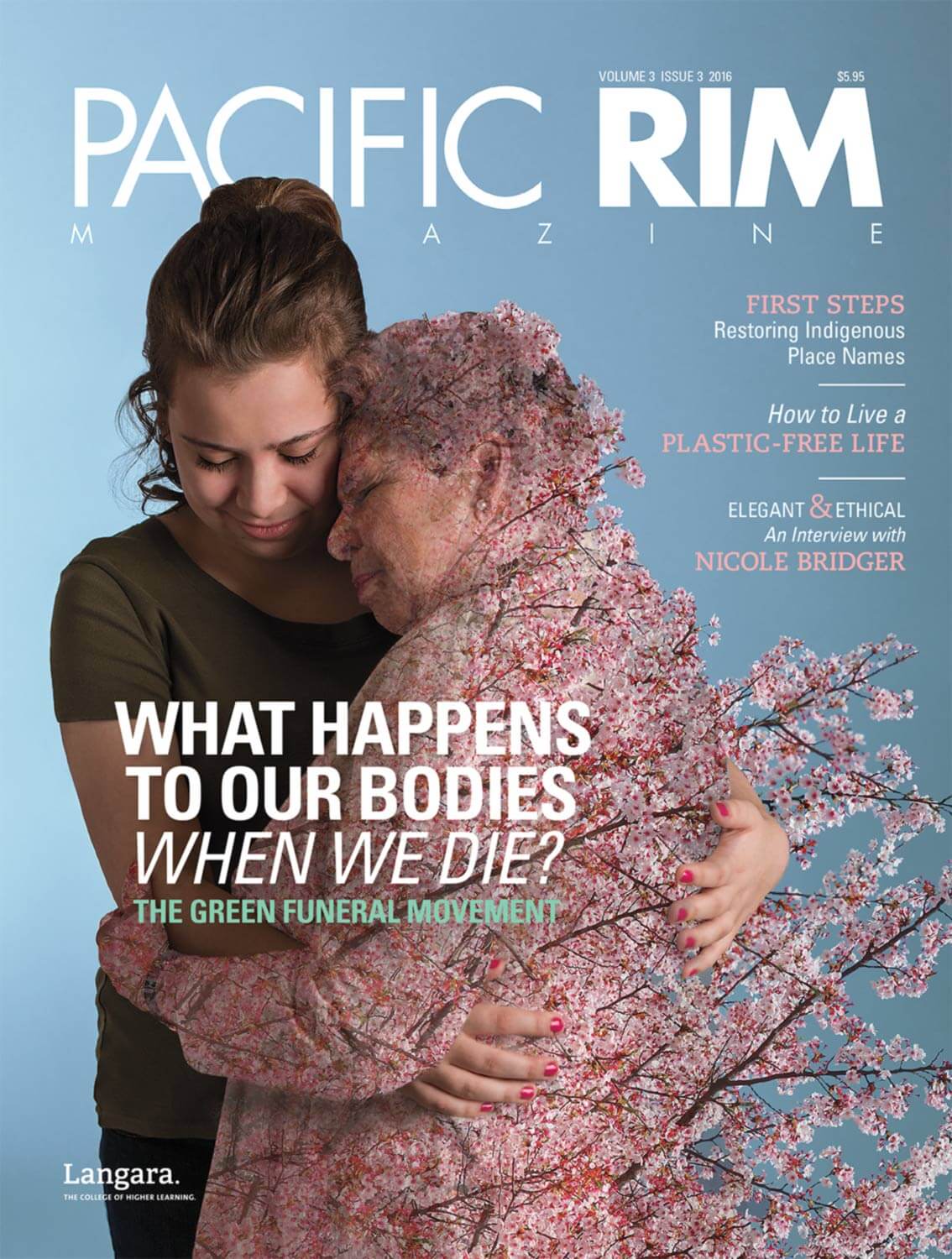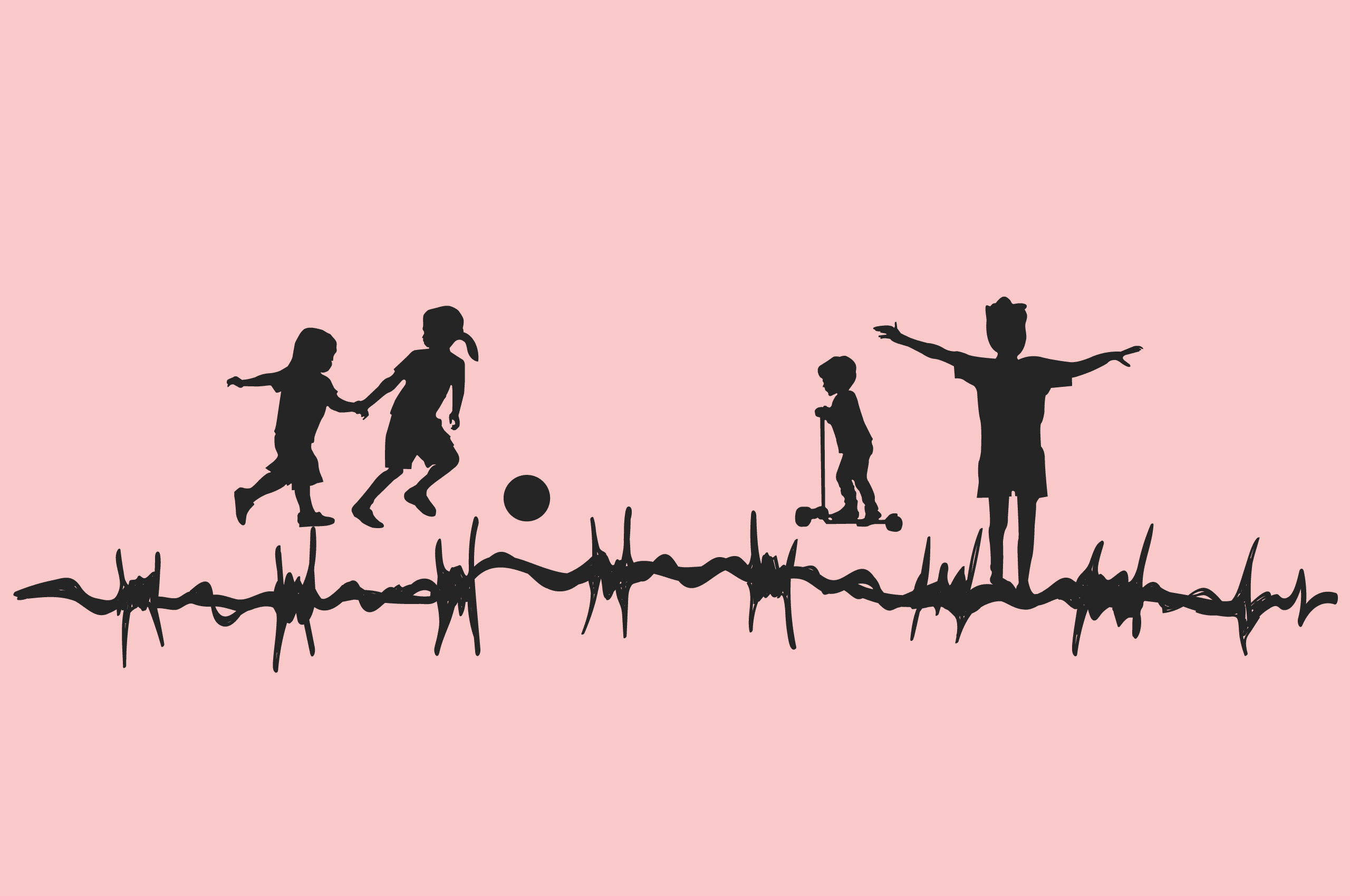Few people in prison are there because one Saturday afternoon they decided that they wanted to turn to crime. There’s no six-year-old little girl who says, ‘I want to be a prostitute when I grow up and I’ll take the risk of doing time.’ There’s no ten-year-old boy who says, ‘being a drug dealer would be a good job for me,’ unless his dad is already involved in gangs and crime. These pathways are no accident,” says Alison Granger Brown, who provides services to women in prisons. She adds, “I can say that in my 16 years of working with people in prison, I haven’t met anyone yet that didn’t have a trauma history.”
Some studies have found that up to 98 per cent of female prisoners reported a trauma history prior to incarceration. According to certified Yoga Therapist Nicole Marcia, “[the traumatic] event has overwhelmed the person’s nervous system,” often leading a person to seek refuge in drugs and alcohol to help numb the discomfort. Whether it is through substance abuse, violence, or crime, trauma can lock the victim into a vicious cycle until they receive the necessary help to work through past trauma. Having witnessed this in her practice, Granger Brown says, “what we need to do is build strength and capacity in people, and build a sense of hope that there’s a possibility for change. And that’s where programs like yoga, art-based programs, and volunteer work can help.”
Mo Korchinski, an ex-inmate at Alouette Correctional Centre for Women in Maple Ridge, BC, is concerned that there is not enough trauma therapy provided in prisons, “so women are coming out with the same problem as they are coming in with.” Now a member of the Women In2 Healing Program—that provides support for previously incarcerated women—Korchinski strongly believes that a correctional facility should be a “healing lodge” rather than a place of punishment. During her time inside, she witnessed the same women re-entering up to twelve times per year, as the average sentence duration for inmates at the Alouette Correctional Centre is 30 to 90 days.
Programs that were provided at Alouette, such as Aboriginal healing circles, yoga, art, and the Mother-Baby Program, gave women inspiration to turn their lives around. Korchinski witnessed the benefits of the programs offered to herself and other inmates during her time in prison. After interviewing ex-inmates with former prison physician, Dr. Ruth Martin, Korchinski was convinced that the Mother‑Baby Program “changed women’s lives.” For Korchinski, re-uniting with her children after a 10-year estrangement was a big turning point and inspired her to create a better life for herself and her children.
The focus of healing work is to build long-term stability and the capacity to cope; the key to stability is support and therapy. “There’s not just one way to deal with trauma: could be yoga, could be art, could be crochet, could be Pilates. There’s no one way to implement it, but the basic principles are the same,” says Granger Brown. She goes on to say that while the story or the person may vary, the effect that trauma has on brain development is essentially the same.
Statistics Canada states that the incarceration rate is 118 per 100,000 people in Canada. The highest rate of incarceration in the world is in the United States: 707 per 100,000 people. Given these statistics, how many prisoners are likely to re-offend upon release, and what is being done to decrease the number of reconvictions?
California Prison Arts: A Quantitative Evaluation—recorded by the California Arts Council—reports that fine arts and creative programs have substantially improved inmate behaviour. These programs are seen as a safe and productive way to work through trauma and anger issues, which can be a leading cause of imprisonment and recidivism. Given that many prisoners have a history of traumatic events that have scarred them since childhood or adolescence, perhaps offering a healing atmosphere instead of punishment is more crucial for the inmate population than is credited by the current prison system.











